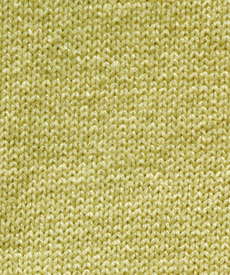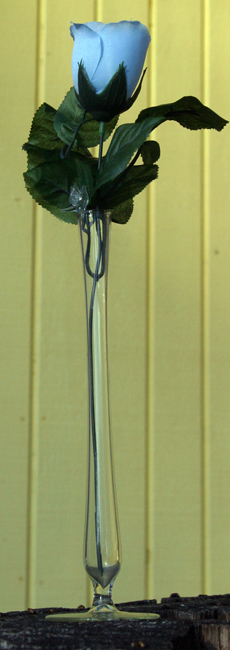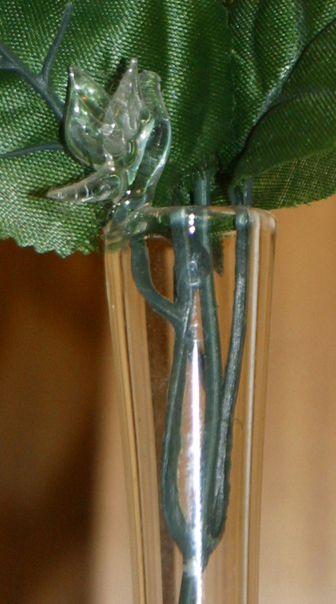Art, Science, Technology A - C
Numbers are indexed as words (3 = three, 8 = eight)
Aircar, Taupoian: A six-seater vehicle used by the Taupoians for transport on a planet. They can "fly" at altitudes up to several hundred feet. They differ from the common "floater" which is limited to floating just a few feet off the ground. For an image click HERE.
Airship, Fohen: Lighter-than-air craft used on Fohia for long distance travel and shipping. The most common type consists of a ship-like hull to carry the passengers and freight which is suspended from a long balloon filled with methane gas to make it lighter-than-air. This methane is also used to power the vessel's steam engine, so the ships must stop periodically to receive more methane. Although travel by airship is generally touted as being safe, the pilot (usually the only crew) is required to be an orphan. The airship in this IMAGE is based on the "Heavenly Zeppelin" model created by 1971s and available from Renderosity.
 Argon-glass fabric: A fabric which absorbs impact so as to protect the wearer. (The Duck and Doughnut)
Argon-glass fabric: A fabric which absorbs impact so as to protect the wearer. (The Duck and Doughnut)
Argon-glass, depending on the manufacturing process, is either a rheopectic or a dilatant non-Newtonian fluid. For a rheopectic fluid, the longer a stress is exerted, the greater the viscosity. For a dilatant fluid, the viscosity increases with the rate of stress.
The Mentecians developed argon-glasses in the year 2150 as a result of their research into improved body armor and sports padding. Dilatant padding would protect against rapid stresses, such as bullets, spears or arrows. Rheopectic padding would protect against more slowly exerted stresses, such as knife stabs. A combination of the two protects against a wide variety of blows. Both forms absorb thermal energy and, in particular, they absorb beams from personal laser weapons. They also make good insulation for buildings and winter clothing.
Natural or artificial fibers are usually mixed with the argon-glass fibers (so that they can be dyed) and knit into clothing. Argon-glass is so efficient at dissipating blows that clothing made with it need not be heavily padded and can be practically indistinguishable from conventional clothing. Although the argon-glass fibers protect the wearer, they do not protect other fibers in the clothing from damage. A combatant might survive the battle but could come out of it looking pretty disreputable.
Argon-glasses are manufactured by melting silica (silicon dioxide) and treating it with fluorine to produce O-Si-O-F bonding. This tends to disrupt the randomly sized O-Si-O rings which would normally be formed in the glass. Although usually considered to be chemically inert, the Mentecians found that argon, diffused into the fluorinated glass as it cools, forms semi-covalent bonds with both oxygen and fluorine atoms. This restores the random ring structures in the glass and keeps the argon trapped inside the three-dimensional structure of the rings.
Stress, either mechanical or thermal, causes the semi-covalent bonds to break and reform, giving argon-glass its rheopectic or dilatant properties.
Although individual Mentecians are widely employed as mercenaries, the Mentecian culture is not warlike. So when they developed the technique for making argon-glass they felt it only sportsman-like to sell the information to others. As a result, argon-glass clothing is widely distributed in the Stellar Economic Community.
Before you rush out to your local Pennymart for a new argon-glass jacket, cap, or running shoes, keep in mind that the manufacture of the glass, the yarn, and the clothing are all high-tech processes and garments knit from argon-glass are rather expensive. If you want to save some money by making your own clothes from a commercial pattern, be advised that fabric is not available by the yard since cutting it with scissors is not practical. Argon-glass yarn can be purchased by the skein (it's still expensive), but you must either purchase it pre-spun to the pattern's required length or return to the retailer to have it cut by a neutron laser (not available at every store because of its size and cost.)
Arti-grav: The system in a starship that maintains artificial gravity. (Golden Needles) The system tends to resist the transfer of blows to the ship to its contents.
Autocamera: A robotic camera used in the production of vid programs.
Banay Statue: A pumice statue of the Mumians' ancient Goddess of Time that was installed in a recess on the front of the Umbo Job Mum Tower of Time. For an image of the Banay Statue, click here. (Umbo Job Mum)
The name was derived from Bangun Bangun in Suludnon mythology from the Philippines: The deity of universal time who regulates cosmic movements. Wikipedia
Black Mamba: Carl Bligh's black Cadillac Espresso sports car. (Shuttle 54, Where R U?)
Black Hawk: The name of the emergency copter of the Guardians used by Pierre Bordeaux in his attempt to find Feynman. (Zero to Sixty in Seven Minutes)
Bloodstone: A geode formed in the basaltic rock of Tahiti. Unlike ordinary geodes, these contain a blood-red liquid which, when diluted and sprayed into the nostrils of Syringee, will bring on an erotic lucid dream state. The Syringee find this fluid so desirable that they will pay tens of thousands of unees for a bloodstone. (Bloodstone)
Cadillac Espresso: High tech Cadillac sports car. The vehicle owned by Carl Bligh was black and referred to as the "Black Mamba" because Carl was a herpetologist and had MAMBA vanity plates. (Shuttle 54, Where R U?)
Caresthetics: Caress + Esthetics - Something that I thought up years ago, but don't remember much about now. I think this has something to do with the science of how things feel and how those perceptions affect us.
I found a piece of a short story that I was going to write about caresthetics as an art form. This is now in my paper file.

 Centaurian Bud Vase, The: Tall, glass "bud vase" with a "bird" perched on the lip. The key to the Treasures of Ramunus. (The Centaurian Bud Vase)
Centaurian Bud Vase, The: Tall, glass "bud vase" with a "bird" perched on the lip. The key to the Treasures of Ramunus. (The Centaurian Bud Vase)
Chardonnay Wasp Venom: A bottled drink stimulant that skinks like. (The Centaurian Bud Vase)
Comparator: A device which scans the contents of objects passing near it and compares that data with the contents of the object when it passes by again to detect differences. For instance, a comparator might be placed at the doorway to a room. If an individual entered with a data chip and left without it, the comparator would note that another person left the room with the chip. This would be evidence that the data chip had been passed from one individual to another. (Plastidroid)
Corridor: The path between two stars that is guaranteed to be clear of hazards for the exclusive use of starships. The path is an imaginary tube that deviates from a straight line to avoid star systems or other corridors. When traffic is light the corridor is considered a "white corridor" and divided into two lanes, relative to the galactic north and south poles, with traffic restricted to the north region of the corridor in one direction and to the south region in the opposite according to Visual Flight Rules. When traffic is heavy, multiple corridors are defined, each restricted to a specific type and direction of traffic (inbound, outbound, hazardous, commercial, etc.) In this case the corridors are given "color" designations. For example, a "yellow corridor from Adondus to Zeta 4" is restricted to commercial traffic.
Page updated: 9 October 2020
Page created: 19 January 2012